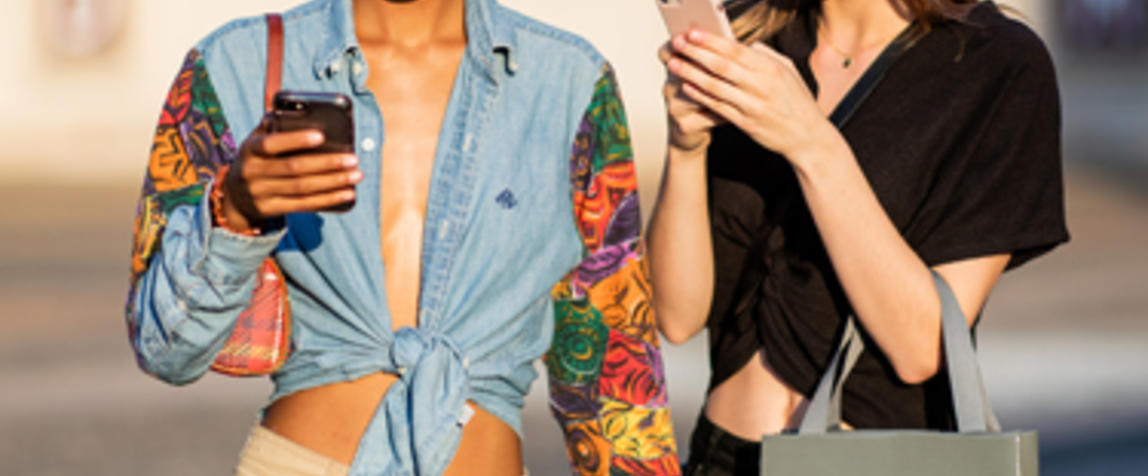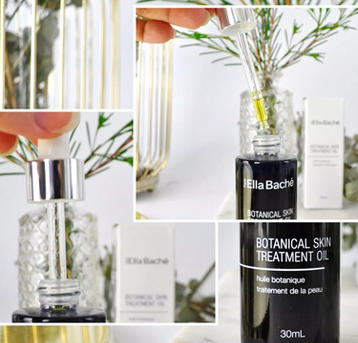There’s been a lot of chatter recently around what you can and can’t do on Instagram – especially in the wake of a group of influencers launching a multi-million dollar lawsuit against PopSugar US over image use.
While this particular lawsuit pertains exclusively to PopSugar US removing each influencer’s affiliate links (the way many Instagrammer’s monetise their content) and instead putting in their own, it still seems that most people are completely across Insta-etiquette until it comes to copyright.
Unfortunately Instagram copyright rules and the general laws surrounding content posted to social media is a big legal grey area, and chances are that you have probably infringed on someone else’s copyright on Instagram without even realising it.
Instagram claims that, “On the platform, if someone feels that their copyright has been violated, they can report it to us and we will take appropriate action. Off the platform, content owners can enforce their legal rights.”
Ultimately this means that if someone is copying your content on Instagram the company can do something about it. However, if someone is taking your work and using it outside of Instagram, you’re on your own.
One of the biggest instances of this happening was in 2015 when photographer Richard Prince printed large copies of Instagram screen grabs and sold them for $US90,000 each. Each of the instagrammers whose image was used had it done so without their knowledge; and while some didn’t care, other’s were furious.

The issue here is the grey area in Instagram’s terms and conditions. It innocuously states: "Once you have shared User Content or made it public, that User Content may be re-shared by others.”
In order to better understand what you can and can’t be posting to Instagram, whether you can use an influencer’s image in an article, and what constitutes as copyright infringement, BD has broken down the rules below.
First of all, what is copyright?
In most countries, copyright is a legal right that protects original works of authorship. Typically, if you create one of those works, you obtain a copyright from the moment you create it.
Remember, only original works are eligible for copyright protection. To be original enough for copyright protection, a work needs to be created by the author themselves, and must have some minimal amount of creativity i.e. a concept that is your own.
Posting your own, authentic content
If you have created the image yourself, post it and enjoy the knowledge that no one can pull you up because it is your own intellectual property.
Posting someone else’s content to Instagram
Generally, if you are posting someone else's content you are infringing on their copyright.
As mentioned before, Instagram has jurisdiction within the app, so if you are posting a stock image you haven’t paid for, a photo shoot image that isn’t yours, or even an influencer’s selfie, the creator of that image can complain. You want to be careful with this as Instagram states: “If you repeatedly infringe other people’s intellectual property rights, Instagram will disable your account.”
You might be able to use someone else’s content on Instagram if you’ve received permission (for example, a license), or if your use is covered by fair dealing or another exception to copyright. It’s generally a good idea to get permission before posting content, and to get that permission in writing.
What is fair dealing?
Known as ‘fair use’ in the States, fair dealing recognises that rigid application of copyright laws in certain cases would be unfair, or may inappropriately stifle creativity, or stop people from creating original works. So, it allows people to use someone else’s copyrighted work without permission in certain circumstances.
There is no general exception for using copyright material simply because you think it is fair or because you are not making a profit. The Copyright Act in Australia allows you to use copyrighted material without permission if your use is a “fair dealing” for one of the following purposes:
- research or study;
- criticism or review;
- parody or satire;
- reporting news;
- enabling a person with a disability to access the material; or
- professional advice by a lawyer, patent attorney or trade marks attorney
Using someone else’s image outside of Instagram
It’s not uncommon to see Instagram images used as the lead picture in articles, and this is traditionally covered by fair dealing when ‘reporting news’. News can be current or past events. The crucial element is whether the primary purpose for taking content is to report on news. The line between news and entertainment can be difficult to determine and, where a court considers the purpose of using the material is primarily to entertain, the presence of a newsworthy issue may not be sufficient to establish the exception.
Instagram can also license your photos – in the terms and conditions it states that it can sell your photos and grant permission on your behalf. If you see your image being used for advertising, checking if Instagram has licensed your photo would be the first port of call.
As aforementioned though, Instagram has no jurisdiction outside of the app. If your content has been taken and used somewhere else then it is now up to you to take the appropriate legal steps to amend the situation and the Facebook-owned social giant can do nothing.
Another thing worth noting
In Australia, individuals do not have rights in their image. Amendments made to the Privacy Act years ago did not introduce a general right of privacy, this means that in normal circumstances a person’s consent is not required for their photo to be taken or their image to be recorded.
However, it is always best practice to obtain a release or permission to use their image. Generally, if you’re unsure it’s best to ask.
When using Instagram and reposting content it’s always best to exercise caution. However, CNN Money’s Jose Pagliery put it best following Prince’s actions in 2015: “You forfeit certain rights by using a social media network. And once your photos are out in public, they’re out of your hands forever.”




